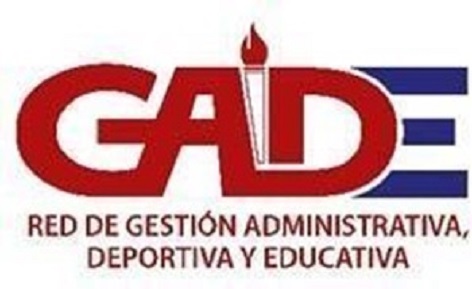Suspected redundant publication in a published article
- A reader informs the editor of the redundant post
- Thank the reader and inform them that you plan to investigate.
- Obtain all documentary evidence, if they are not already available
1. Significant overlap or redundancy (e.g., based on the same information, with identical or very similar results, and/or indications that the authors attempted to hide the redundancy, e.g., by changing the title or order of authors, or not citing previously published articles)
- Contact the author responsible for the article in writing, it being highly recommended to attach the declaration of authorship (or cover letter) where it was established that the submitted work had not been published elsewhere, and the documentary evidence of duplication (Two alternatives a and b)
a) The author responds (Two alternatives)
- Unsatisfactory explanation or admission of guilt
1. Consider issuing a statement on publication redundant or retraction. Inform the editor of the other magazine involved
2. Consider informing the perpetrator's superiors or the person responsible for research standards
- Satisfactory explanation (unintentional error, instructions from the unclear journals, or young researcher)
1. Write to the author (all authors, if possible) explaining the position of the magazine and the expected behavior in the future.
Does not respond
- Try to contact all other authors (check the metadata on the OJS platform to find their emails and write again). If they respond, the alternative is resumed with a response, if they do not respond then:
1. Contact the center where the author works and request that your concern be conveyed to the author's superiors or the person responsible for research standards.
2. Try to get acknowledgment of receipt of the letter. If there is a response, write to the author (to all authors, if possible) rejecting the article, explaining the journal's position and the expected behavior in the future. If there is no response, continue contacting the center every 3-6 months
- Contact the author in neutral terms, expressing disappointment, explaining the magazine's position.
- Explain that secondary articles must always cite the original.
- If the editor has reason to believe that the omission of citation(s) to the preceding article(s) was intentional, consider informing the author's superiors or the person responsible for the research standards
- Inform the reader of the result or action taken




